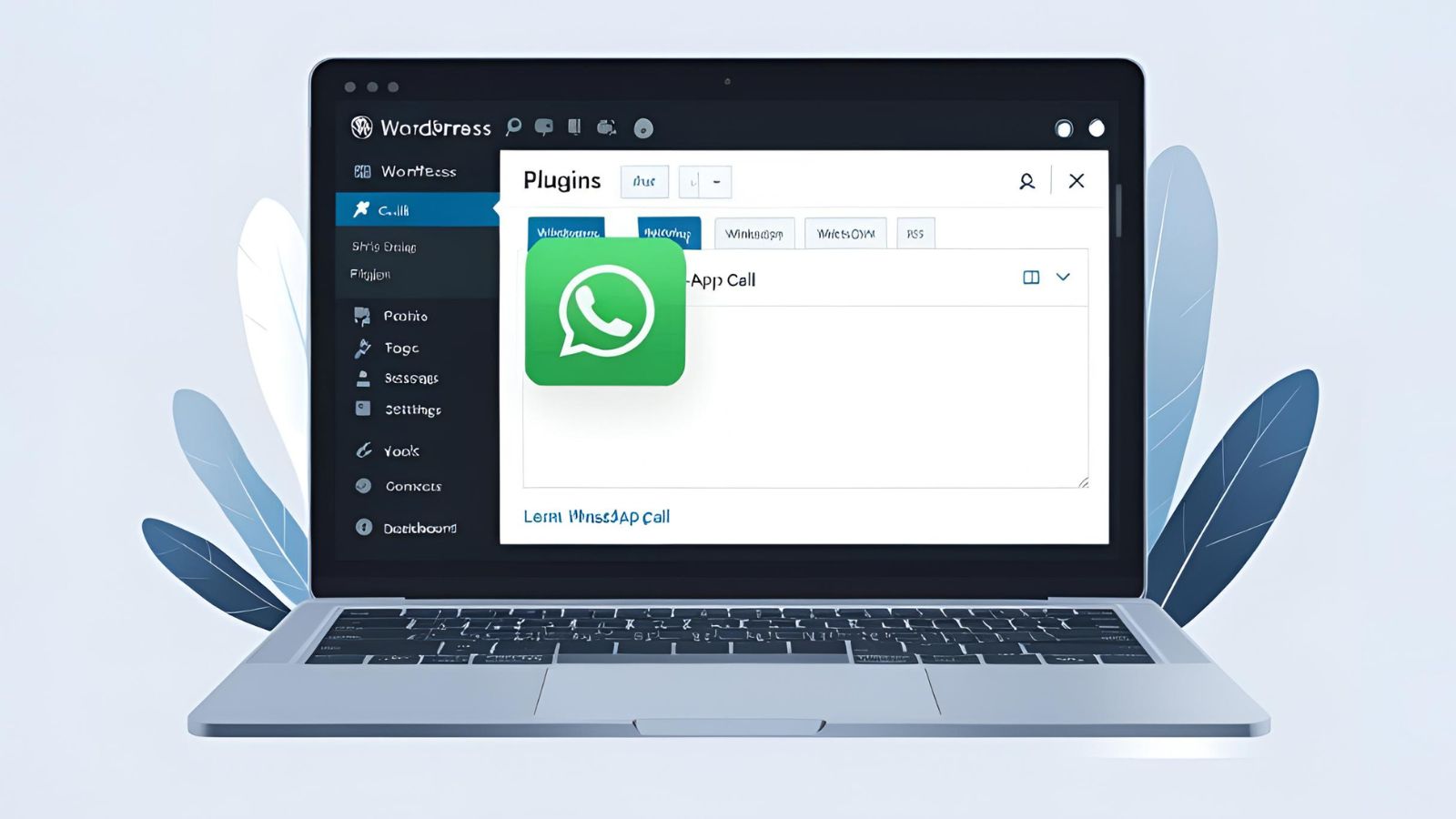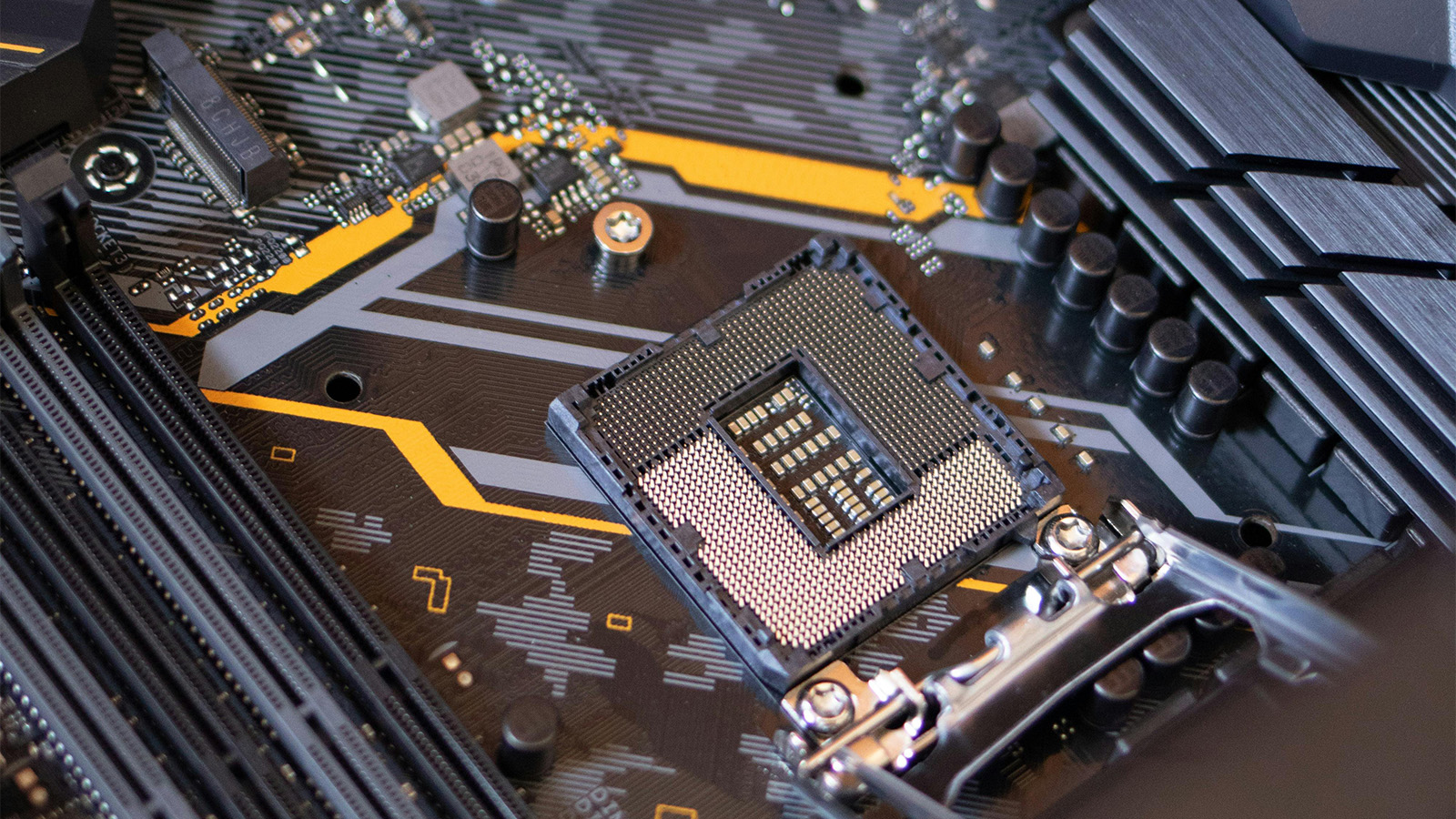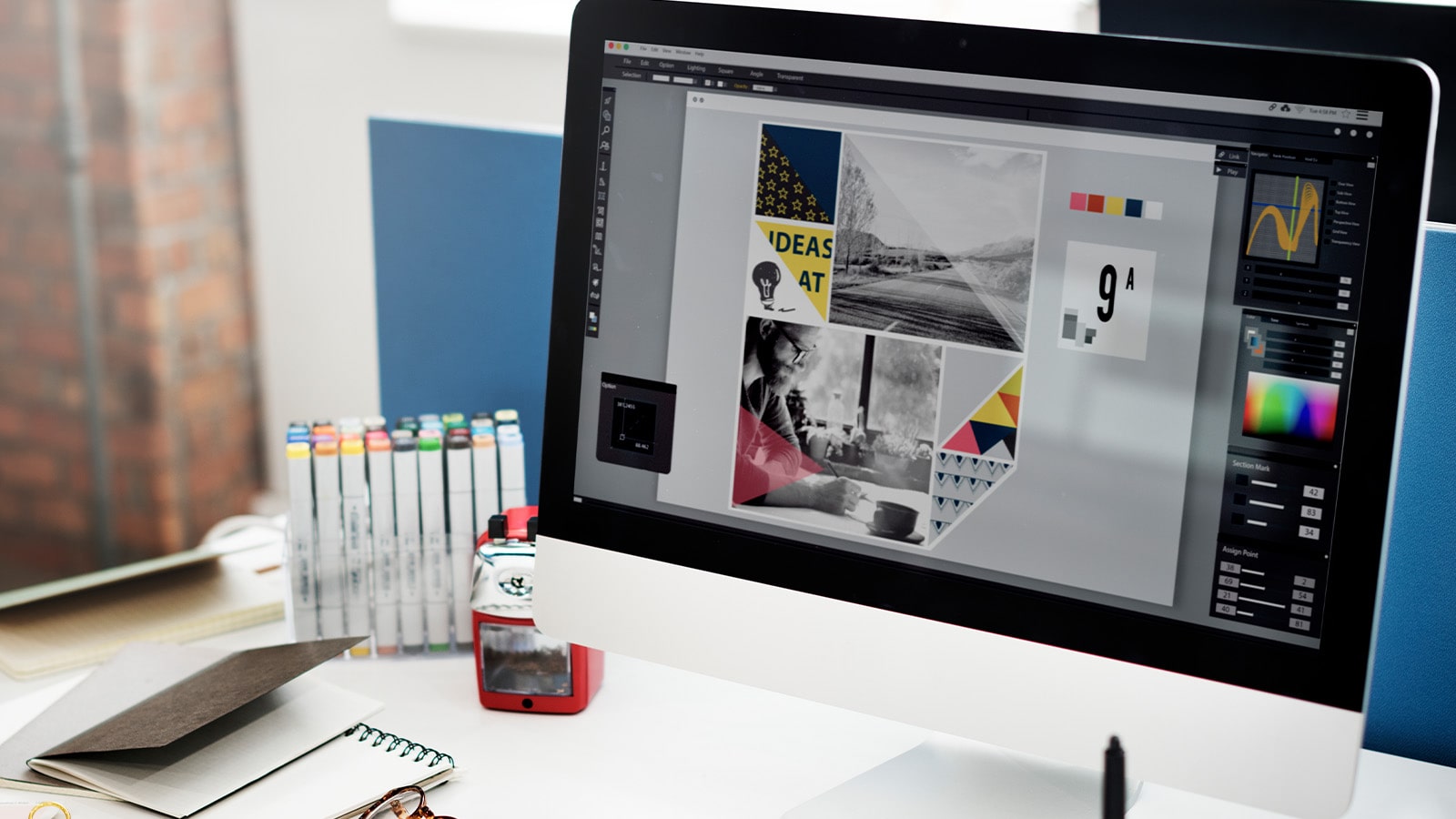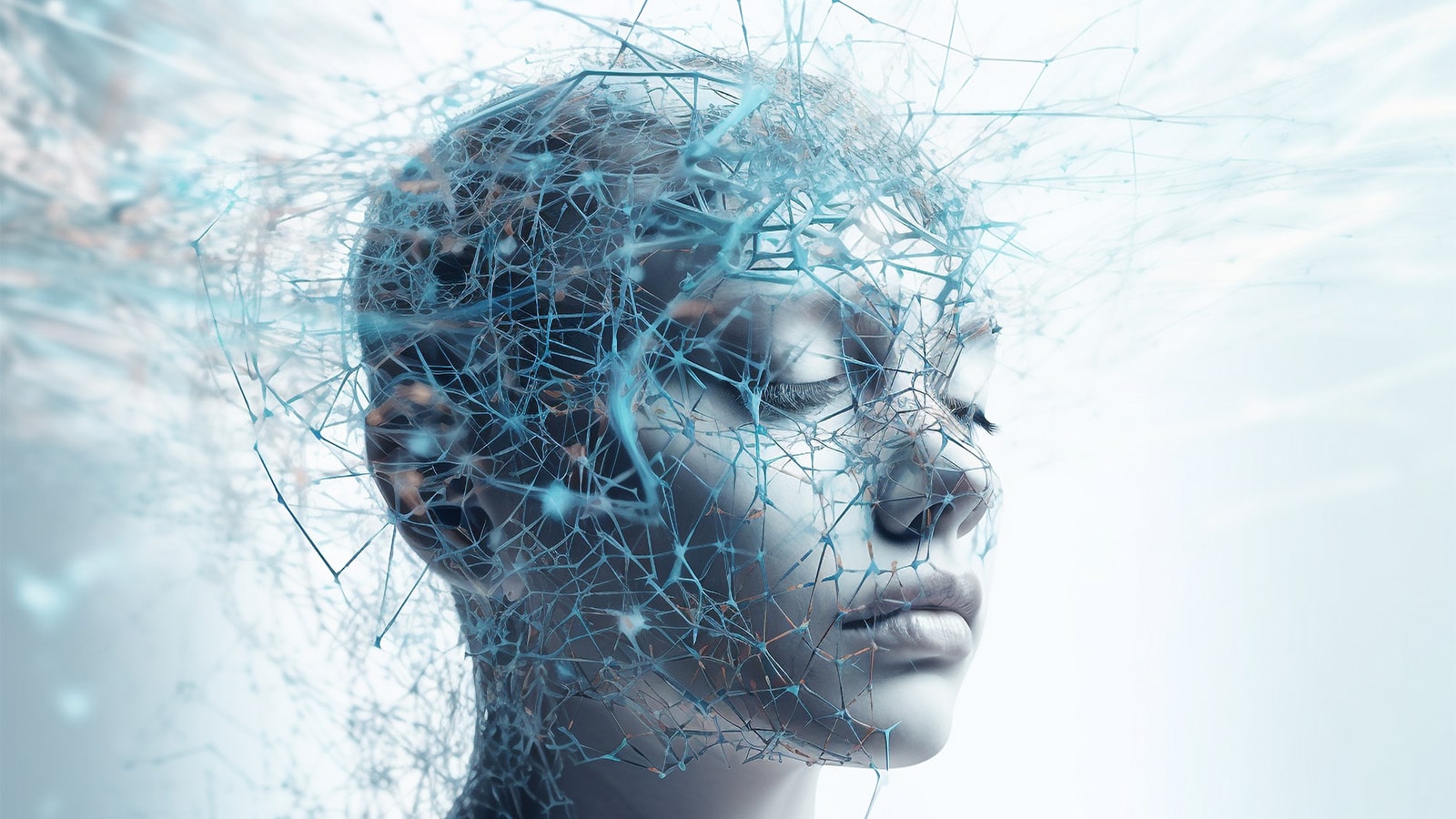
Полностью бесплатный архив с оригинальными премиум- плагинами Elementor Pro и ElementsKit Pro .
Текущая версия Elementor Pro: 3.30.0
Текущая версия ElementsKit Pro: 3.8.9
Для вашей безопасности вы можете просканировать архив на VirusTotal :




Полностью бесплатный архив с оригинальными премиум- плагинами Elementor Pro и ElementsKit Pro .
Текущая версия Elementor Pro: 3.30.0
Текущая версия ElementsKit Pro: 3.8.9
Для вашей безопасности вы можете просканировать архив на VirusTotal :

A simple and customizable WordPress plugin that adds an animated WhatsApp button to your website.

IBM has announced significant progress in the field of quantum computing. For the first time, a system consisting of over 100 qubits has demonstrated the ability to deliver accurate results in complex calculations. The quantum computer named Eagle surpassed the capabilities of traditional supercomputers in solving a modeling problem.
Researchers conducted an experiment to compare the capabilities of a 127-qubit quantum computer and a supercomputer installed at the Lawrence Berkeley National Laboratory in California. Both devices were tasked with calculating the most probable behavior of a set of particles, such as spin-coupled atoms arranged in a lattice.
Modern quantum systems are inherently noisy and prone to errors, which can significantly impact performance. This is due to the fragile nature of qubits and the noise that arises during their operations. Researchers developed error correction methods to enhance the accuracy of calculations.
They discovered that equations could be solved precisely for a certain number of particles. As the complexity of the calculation increased, approximation methods were required, and the results from both machines matched.
As the computation task became more challenging, the supercomputer reached its limit and could no longer handle it. However, the quantum computer Eagle continued to produce results. Although the team had no means to verify the accuracy of the results, they aligned with the expected calculations.
While this was the first instance of a quantum computer with over 100 qubits demonstrating accurate performance, researchers state that quantum superiority has not yet been achieved. IBM expects the technology to continue evolving and offering more capabilities in the coming years.

The history of computers dates back to the development of electronics and computer technology. The early computers were large and occupied entire rooms. However, over time, computers became more compact, powerful, and accessible.
An important milestone in the history of computers was the invention of the transistor in 1947, which replaced bulky vacuum tubes and significantly improved the performance and efficiency of computers.
Another significant breakthrough was the development of integrated circuits, which allowed for a large number of transistors to be packed onto a single chip. This led to the development of personal computers and the proliferation of computers in homes and offices.
Modern computers are powerful computing systems capable of processing large volumes of data and performing complex tasks.
Leonardo is the second most powerful supercomputer in Europe. It is located in a data center in the Italian city of Bologna. The system consists of three modules: for control, data storage, and computation. The computation module has a peak performance capacity of 174 petaflops, but expansion to 240 petaflops is planned.
LUMI is the most powerful supercomputer in Europe. It is built on the HPE Cray EX235a platform and has a performance of 309 petaflops. Each node contains a 64-core AMD EPYC Zen3 processor with 512 GB of RAM and 4 AMD Radeon Instinct MI250X accelerators with 128 GB of memory each.
Fugaku is the second most powerful computer in the world, with a performance of 442 petaflops. It was built by Fujitsu and is located at the RIKEN Center for Computational Science in Kobe, Japan. Fugaku uses Arm A64FX processors and has 7,630,848 cores.
Frontier is a supercomputer that has crossed the 1 exaflop threshold (1 quintillion operations per second). It is one of the most powerful computers in the world and nearly reaches 7 exaflops in artificial intelligence tasks. Frontier is installed at the Oak Ridge National Laboratory in the United States.

Artificial intelligence can help enhance your productivity as a graphic designer, but what are the best tools you can use? AI tools don’t always have to be novelty. While it can be fun to create a spooky version of your favorite pop star riding a unicorn in space, you can also benefit greatly from adding AI tools into your graphic design workflow. AI helps you save time and frustration on the small and annoying parts of the process, allowing you to focus on the big picture in your graphic design projects. Here are 13 AI tools to boost your graphic design workflow.
Khroma is an AI color tool built for designers. It sets a personalized algorithm based on the initial colors you choose. This algorithm generates infinite color combinations that relate to your chosen colors. If you’ve never chosen a color—such as yellow—it won’t appear in your AI-built algorithm unless you retrain Khroma that you like yellow.
Midjourney is a text-to-image AI tool that allows you to write a prompt and quickly visualize it. Using Midjourney’s Discord server, you can get four generated results per prompt. It's easy to use this AI tool, and we've written a guide for using Midjourney.
Adobe Sensei is a built-in Adobe tool that features across the Creative Cloud range, including content-aware fill, font recognition, automated color matching, and much more. While it isn’t one specific feature you can find and use, its integration to Adobe software elevates your entire graphic design workflow, no matter which program you’re working in.
Fontjoy is an open-source tool that helps create the best font combinations using font vector technology. The choice of typefaces to use can be paralyzing sometimes, but Fontjoy uses filters and generators to cut down your time searching and increase your time perfecting.
Nero AI Image Upscaler enlarges and upscales images in high quality. If you’ve got a pixelated image that you need in high resolution, use Nero AI to quickly enhance it.
Microsoft Designer is an AI-based template design tool. It works similarly to Canva and Adobe Express, but it is entirely run on AI. Use text prompts to find images and templates, generate color palettes, and more. This is a tool that can make your social media designs take a couple of minutes rather than a couple of hours.
RemoveBG is an AI tool that removes backgrounds. It’s as simple as that. Upload an image, and use Remove BG to remove the background, leaving a transparent background only.
Galileo AI calls itself the co-pilot for interface design. It creates UX/UI design using AI from just a text prompt written by you.
Using Flair AI you can turn text prompts into product photography. Just type how you want your product to be photographed—background, props, lighting, and themes—and Flair will generate the photo.
Uizard has a few helpful AI tools for UI designing, such as app and web design. You can use Uizard to design wireframes, mockups, and prototypes for web design, but its AI features make the tool shine.
Fronty uses AI to convert images into HTML and CSS code. You can create a functioning website in minutes without needing to be a web developer.
While ChatGPT isn’t a design tool itself, its powerful chatbot AI tool can be very helpful to any designer. You can use ChatGPT to create bulk designs in Canva or use ChatGPT to generate prompts for AI image generators.
Adobe Firefly is a beta tool for Adobe’s newest set of AI tools and features. Some of these AI tools have been integrated into Adobe products like Adobe Express Beta. While Firefly is still in beta mode, we can’t be sure how all the tools will be integrated.
With these 13 tools, you can be assured there’s an AI tool to help with your graphic design workflow. Graphic design software is changing more every year, and no longer do you have to put blood, sweat, and tears into every aspect of design. Use AI to share the burden of your least-liked design parts, so you can focus most on where your skills excel. AI doesn’t have to be the enemy of a graphic designer. Invite it to your workflow and make the best of it.

At some point, every company will need to hire a web designer. With 71% of businesses having a website, it's essential to create a site that reflects your brand, showcases your offerings, and engages customers.
When it comes to building a website, companies have three options: hiring an in-house web designer, working with a freelance web designer, or partnering with a web design agency. Each option has its pros and cons, and in this article, we'll help you evaluate them to make an informed decision.
An in-house web designer is a full-time employee who works exclusively for your company. They offer the most control and consistency but can be the most expensive option. In-house designers handle all aspects of website design and can easily adapt to your changing needs. They ensure a consistent look and feel, add new features as required, and align design elements with your brand identity.
The main benefit of an in-house web designer is the direct and continuous contact you have with them, making it easier to communicate ideas and ensure everyone is on the same page. This level of control and collaboration is ideal for large companies with specialized industries or specific design requirements.
However, hiring an in-house designer can be costly. You need to consider their salary, benefits, office space, and associated expenses. Additionally, if you don't have a continuous need for a designer, their idle time can be a financial burden.
A web design agency is a company that specializes in designing and developing websites for clients. They have dedicated teams with diverse skill sets and expertise, making them a comprehensive solution for web design needs. Working with an agency can be more cost-effective compared to an in-house designer.
One of the main benefits of hiring a web design agency is scalability. You only pay for the services you need, and as your requirements evolve, you can add specialized services like SEO, branding, or web maintenance. Agencies often work in collaboration with marketers and strategists, providing a holistic approach to your organization's marketing strategy.
However, web design agencies can be cost-prohibitive for small businesses and startups. Additionally, some agencies may not fully understand your product, service, or vision for your site. Communication and revisions may have limitations, and pivoting mid-project can be challenging. It's crucial to work within the agency's constraints and have a clear understanding of your goals and budget.
A freelance web designer is an independent professional who works on a project basis. Freelancers offer flexibility and cost-effectiveness compared to agencies. They are often responsive and adaptable, providing personalized attention to your project.
Hiring a freelance web designer allows you to engage them for as long as you need without the commitment of a full-time employee. Freelancers can quickly adapt to your business processes and offer faster response times, including odd hours if required.
However, the quality and reliability of freelancers can vary. Some freelancers may not have the same level of expertise or resources as agencies. It's important to thoroughly evaluate their portfolio and establish clear communication and expectations from the beginning.
Choosing between an in-house web designer, a web design agency, or a freelance web designer depends on your specific needs, budget, and level of control required. Large companies with specialized industries and continuous design needs may benefit from an in-house designer. Businesses with scalability and comprehensive marketing strategies can consider working with a web design agency. Freelancers are a suitable option for those seeking flexibility and cost-effectiveness.
Consider your goals, resources, and preferences to make the best decision for your web design needs.

Graphic design and web design are two distinct fields, each with its own set of tasks and responsibilities. When deciding between them, it is important to understand the skills and goals you want to pursue.
A graphic designer specializes in creating visual elements, including logos, banners, printed materials, vector graphics, and more. They also develop brand identities and creative solutions for advertising. Graphic designers focus on the creative process and crafting aesthetically appealing and impactful visual designs.
A web designer, on the other hand, is involved in designing websites, mobile applications, and interfaces. They create prototypes, banners for websites and social media, and are responsible for advertising creatives. Web designers consider user experience and interface design to ensure usability and effective interaction with websites and applications.
Both fields offer their own merits and provide different opportunities for career development and creativity.
Web designers typically earn higher salaries compared to graphic designers. This is because web designers often focus on user experience and design that directly impact the commercial goals of businesses. Their work revolves around creating effective websites and applications that attract users and generate profits.
Graphic designers, on the other hand, have more opportunities for creativity and self-expression. However, their work often requires a stronger marketing approach to demonstrate the commercial value of their designs.
Graphic designers generally have more freedom for creative expression and experimentation. They can develop unique visual identities, work with brand styles, and create visually appealing design concepts. Web designers, especially in larger companies, often rely on established design systems and standards established by graphic designers.
With the availability of affordable stock resources for icons and illustrations used in website creation, many businesses have reduced the need for regular graphic design services.
If you have a passion for creativity and a strong desire for self-expression, graphic design may be the better choice for you. Exploring illustration courses during your free time can be enjoyable and fulfilling.
If solving business challenges and achieving financial success are important to you, then web design may be the better fit. Web design requires an understanding of user experience, marketing aspects, and proficiency in web technologies.
Ultimately, the choice between graphic design and web design depends on your preferences, goals, and skill set. Both fields offer unique opportunities for creativity and career development, and it's important to find the area that inspires you and helps you achieve your goals.

In 2023, the world witnessed a revolutionary development in artificial intelligence (AI), leading to the implementation of strict rules aimed at ensuring safety, transparency, and environmental protection. The European Parliament has passed new legislation with the goal of protecting health, safety, fundamental rights, and democracy from the potential negative impacts of AI.
The new rules developed by the European Parliament prohibit the use of AI systems that pose an unacceptable level of risk to safety and society. This includes a ban on social scoring systems that classify people based on their behavior or personal characteristics.
Furthermore, providers and developers of AI systems are required to adhere to transparency, confidentiality, and non-discrimination. This ensures that AI developed and used in Europe meets high standards of safety and protection of human rights.
One important aspect of the new legislation is the consideration of the impact of AI on the environment. Powerful AI systems require significant computational power, resulting in high energy consumption. To reduce the negative environmental impact, the new rules aim to decrease energy consumption and improve the energy efficiency of AI systems.
Additionally, attention is given to the ethical and environmental aspects of AI. The use of AI for illegal extraction and utilization of natural resources, as well as activities that can harm ecosystems and biodiversity, is prohibited.
The prospects for the future development of AI are exciting. The new legislation paves the way for innovation, protection of human rights, and sustainable development. Scientific research and engineering efforts will be focused on creating AI systems that are not only efficient and reliable but also safe for people and the environment.
However, it is important to continue discussing and developing a regulatory framework for AI management, ensuring a balanced approach that takes into account technical capabilities and ethical principles. Only in this way can we fully unleash the potential of AI and utilize it for the benefit of humanity and our planet.

In 2023, information technology is experiencing a revolution thanks to advancements in the field of artificial intelligence (AI). Neural networks are astounding us with their ability to learn, make decisions, and even create software on their own. But, like in any revolution, there is a dark side to progress.
Leading AI developers and investors, including Elon Musk, have raised questions about the potential risks associated with this rapidly evolving technology. In several public statements since March of this year, Musk has voiced his concern that AI may get out of control, intervening in decision-making and prohibiting its deactivation.
One of the latest developments in artificial intelligence is the creation of programs that even experienced programmers cannot decipher. This poses questions of safety and ethics, as an uncontrollable AI could pose a threat.
Musk calls for the introduction of restrictions on AI use, not waiting until something terrible happens and it's too late. This positive view of artificial intelligence, capable of easing hard mental work and even speeding up scientific work, should not overshadow the potential risks.
At the same time, AI offers advantages in the automation of intellectual labor. With the ability to properly task neural networks, scientific activity can be sped up by 10 times. This can greatly ease our workload, freeing us from the need to spend time on manual collection and systematization of information.
Thus, we stand on the threshold of a new turn in the development of our civilization. However, with the expansion of artificial intelligence capabilities, we need to care about safety before we find ourselves in a situation that is no longer possible to control.
Subscribe to our newsletter and receive the latest news from our web studio! Stay informed about the latest innovations in the world of information technology and don't miss the opportunity to stay ahead.